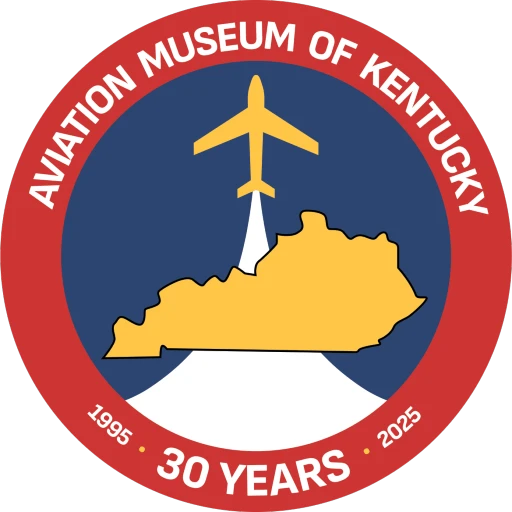Comair was recognized with the Aviation Achievement Award in 1997
Comair began service in April 1977, a year when the impending deregulation was starting to reshape the American airline industry. The new carrier was created at the Greater Cincinnati Airport by Patrick Sowers, Robert Tranter, David Mueller, and Raymond Mueller. The fledgling carrier began as a small commuter airline with just three aircraft. Its mission was straightforward but ambitious. In its early days, the airline operated seven-seat Piper Navajos, offering same-day service to communities like Akron-Canton, Detroit, Nashville, Cleveland, and Evansville. They anticipated and filled the voids by operating convenient, same-day business flights between small and mid-sized cities after trunk airlines abandoned the markets due to the loss of government subsidies. This point-to-point strategy would eventually provide the regional spokes for their new DeltaConnection relationship at CVG.
The 1980s and early 90’s proved pivotal. Given the demand for “replacement service” after deregulation, the Federal Aviation Administration approved the use of larger aircraft in regional air service. The hub-and-spoke systems would become the new norm. In 1984, Comair entered into a codeshare agreement with Delta Air Lines, operating under the “Delta Connection” brand, effectively becoming a regional arm of Delta, funneling passengers into Delta’s new hub at Cincinnati. The partnership was transformative, bringing stability, scale, and national visibility. By the early 1990s, Comair had established itself as a model for the regional airline industry, admired for its efficiency, reliability, and profitability.
Comair transitioned into jet service in 1992 and became one of the first regional airlines in the United States to adopt the Canadair Regional Jet (CRJ), which would later become a backbone of regional aviation. These aircraft enabled Comair to expand its reach, offering faster and more comfortable service to destinations hundreds of miles from Cincinnati. The shift also helped elevate Comair beyond the image of a small commuter line as the FAA let larger aircraft to be flown by smaller operators; it was now an airline bridging the gap between local carriers and the majors. Delta’s confidence in Comair was so strong that in 1999, it purchased the airline outright for over $2 billion, one of the most significant acquisitions in the history of regional aviation. At its peak in the early 2000s, Comair employed thousands of people and operated a fleet of over 150 aircraft, serving more than 100 cities in North America and the Caribbean. Yet the very model that had fueled Comair’s success also made it vulnerable. Rising fuel costs, growing competition from low-cost carriers, and the economic downturn following the September 11, 2001, attacks strained the regional airline sector. Labor disputes and operational challenges further complicated matters. When Delta entered bankruptcy in 2005, Comair was forced to undertake deep cost-cutting measures, and its once-robust Cincinnati hub began to shrink.
The decline was gradual but steady. Routes were trimmed, aircraft retired, and staff reduced. By 2012, Delta announced it would wind down Comair’s operations entirely. On September 29, 2012, Comair flew its final flight, closing the chapter on a 35-year run that had left an indelible mark on the aviation industry. Though no longer serving the public, Comair’s legacy lives on in the regional jet revolution it helped pioneer. It demonstrated how smaller aircraft and strategic partnerships could extend the reach of major airlines while bringing modern air travel to countless communities. For the passengers who relied on it and the employees who built it, Comair remains a symbol of innovation, resilience, and the changing face of American aviation.


